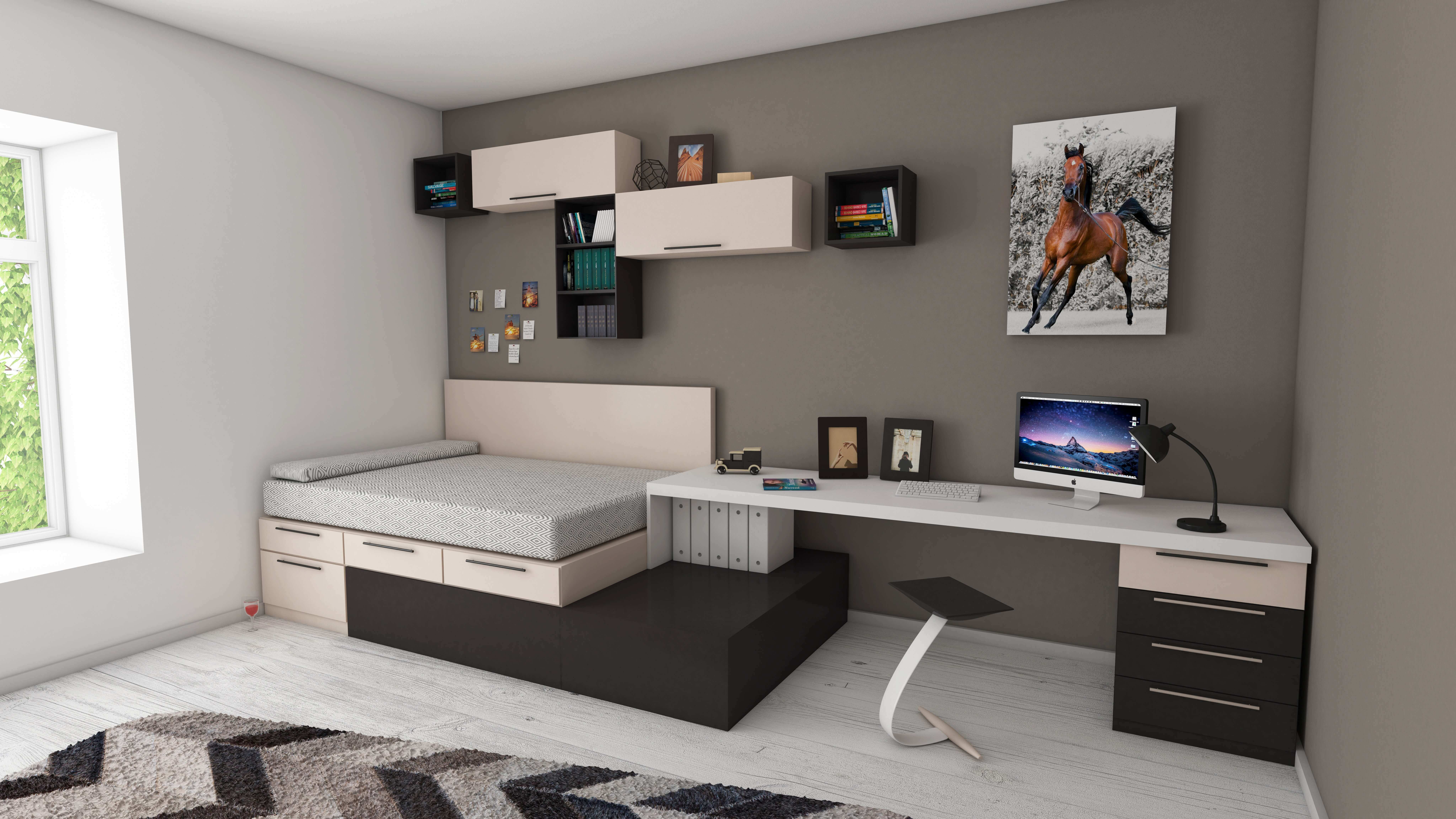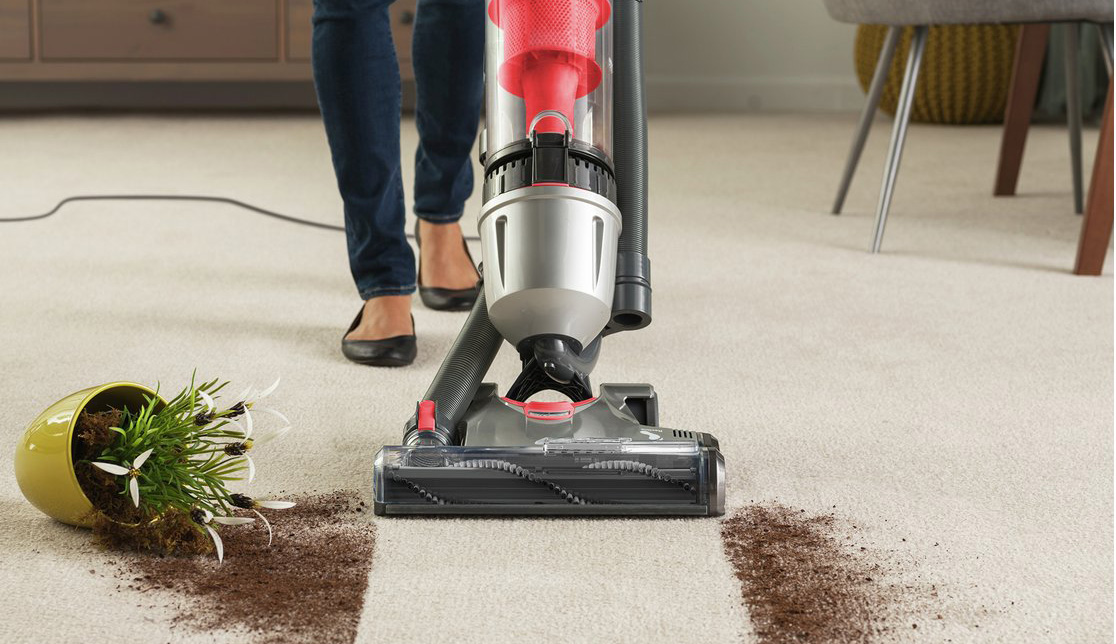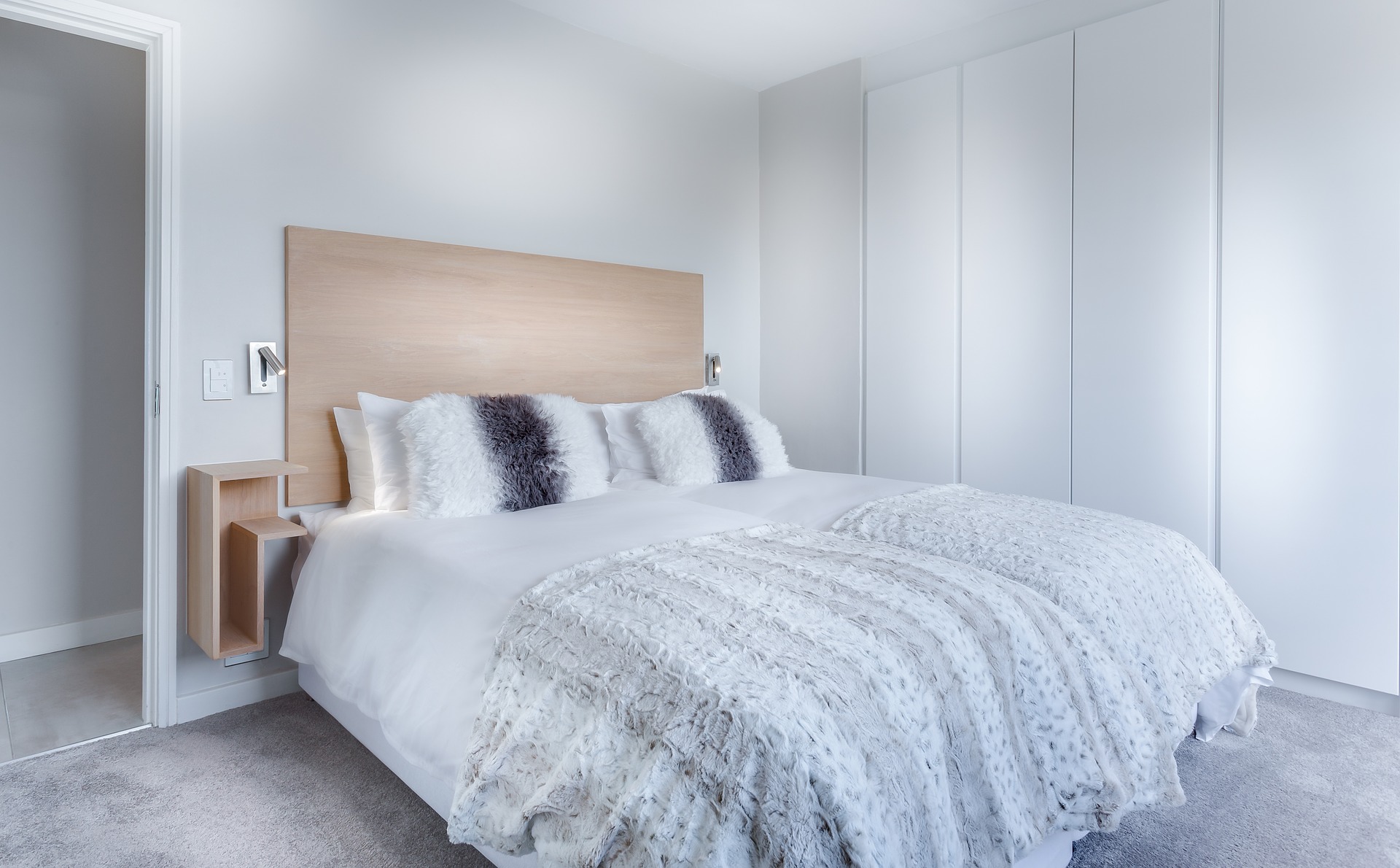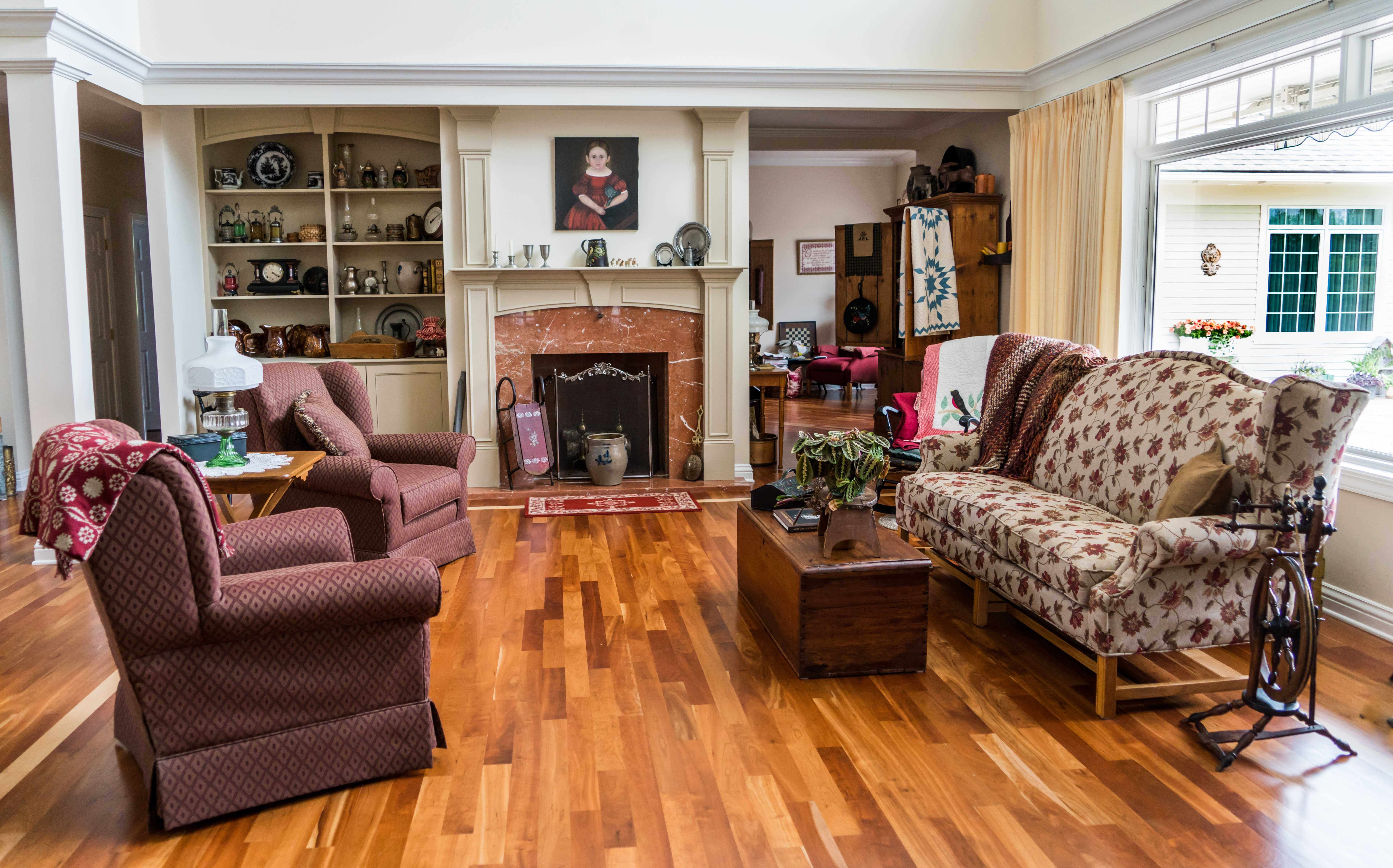Working from home is a dream come true that can quickly turn into a nightmare if you don’t have a few rules in place. Some people are naturally better suited for working from home than others. However, anyone can learn to be successful when working from home as long as they maximize their strengths and know their weaknesses. It’s often said that the most successful folks for this type of work are those that are highly organized, perfectionists, and morning people. The organization is definitely key, but the other two factors are up for debate.
Perfectionists may have a tendency to work around the clock, committed to replying to that work email even in the middle of the night. Morning people aren’t necessarily more successful at working from home than night owls, as some people who like to work at night simply have the most clarity and energy during the wee hours.
If you really want to make the most of what can be a great experience, try out these six techniques:
Have a separate workspace:
Even if you’re in a one-bedroom condo, it’s possible to design a space solely for work. Don’t let this be the bed or couch. Ideally, space is in a separate room or at least features a dedicated desk just for working. It’s how you’ll cue your brain that it’s time for work and helps you focus on the tasks at hand.
Create work hours:
This doesn’t mean that you rigidly have to be at your workspace and on the clock between the hours of eight and five (unless of course, that’s part of your agreement with your work). Part of the joys of working from home is flexibility, so give yourself some wiggle room if that’s allowed. It might be working from sometimes between six and seven in the morning with a three-hour lunch break then finishing up sometime between six and seven in the evening if that works for you. The important thing is that you understand your energy levels and take advantage of having flexibility.
Don’t try to do it all:
It might seem like you can be a stay at home parent and manage the house solo while also working a full-time job from home. It never works. Distractions that you wouldn’t have at the office, like kids or doing laundry, are going to get in the way. Make sure you put your work first during work hours (whatever that may be). In some cases, it might be easier to work from a local coffee shop to resist the temptation to sneak in dinner prep or another task that will eat up work time.
Get quality sleep:
This goes for anyone, but working from home allows you to skip the commute and log some more Z’s. You’ll know you got enough sleep when your body wakes up naturally without an alarm.
Shower before you start work:
Just like your workspace, this will tell your brain it’s time to wake up and get to work. You don’t have to dress up in a suit, but you do need to at least put on clean lounging clothes. Try to avoid pajamas or any other type of clothes that you associate with an activity besides work.
Remove vices from the home.
Whether it’s a video game console or you’re trying to control your drinking and need to have the full bar somewhere else, removing temptation is a good way to keep your work from home gig on the up and up. It’s also a wakeup call to let you know if maybe one of your vices could use some professional help.
Working from home is going to take some adjustments no matter who you are or what a great fit for working from home is for you. With these six techniques, you’ll adjust faster and make the most of this unique setup.
Read Also:






















